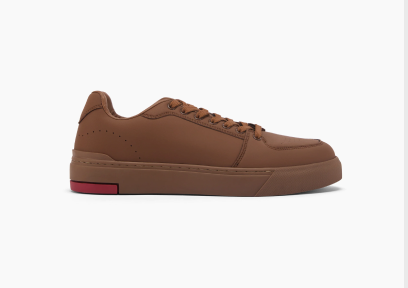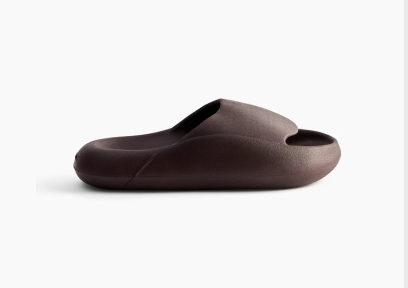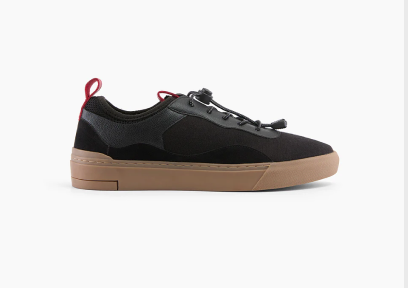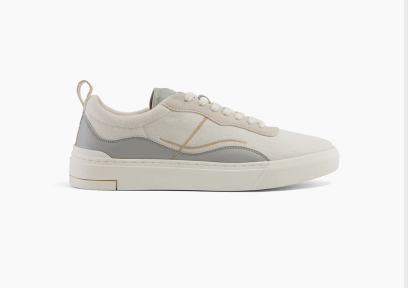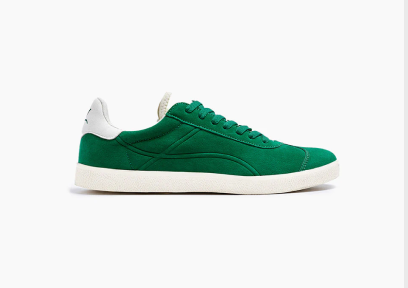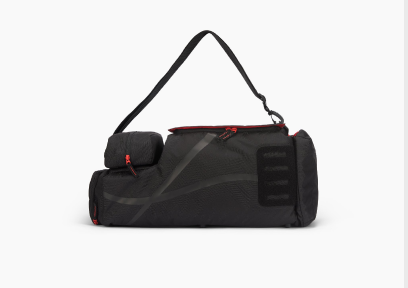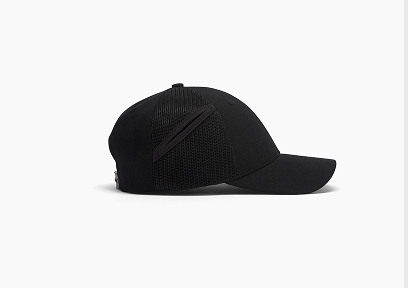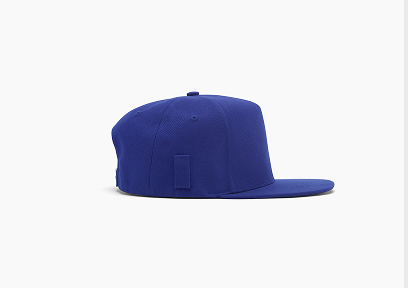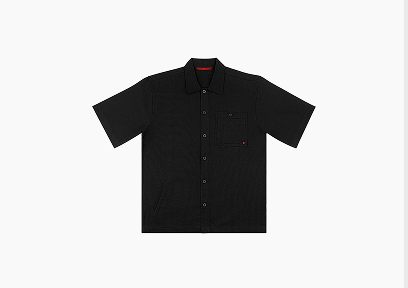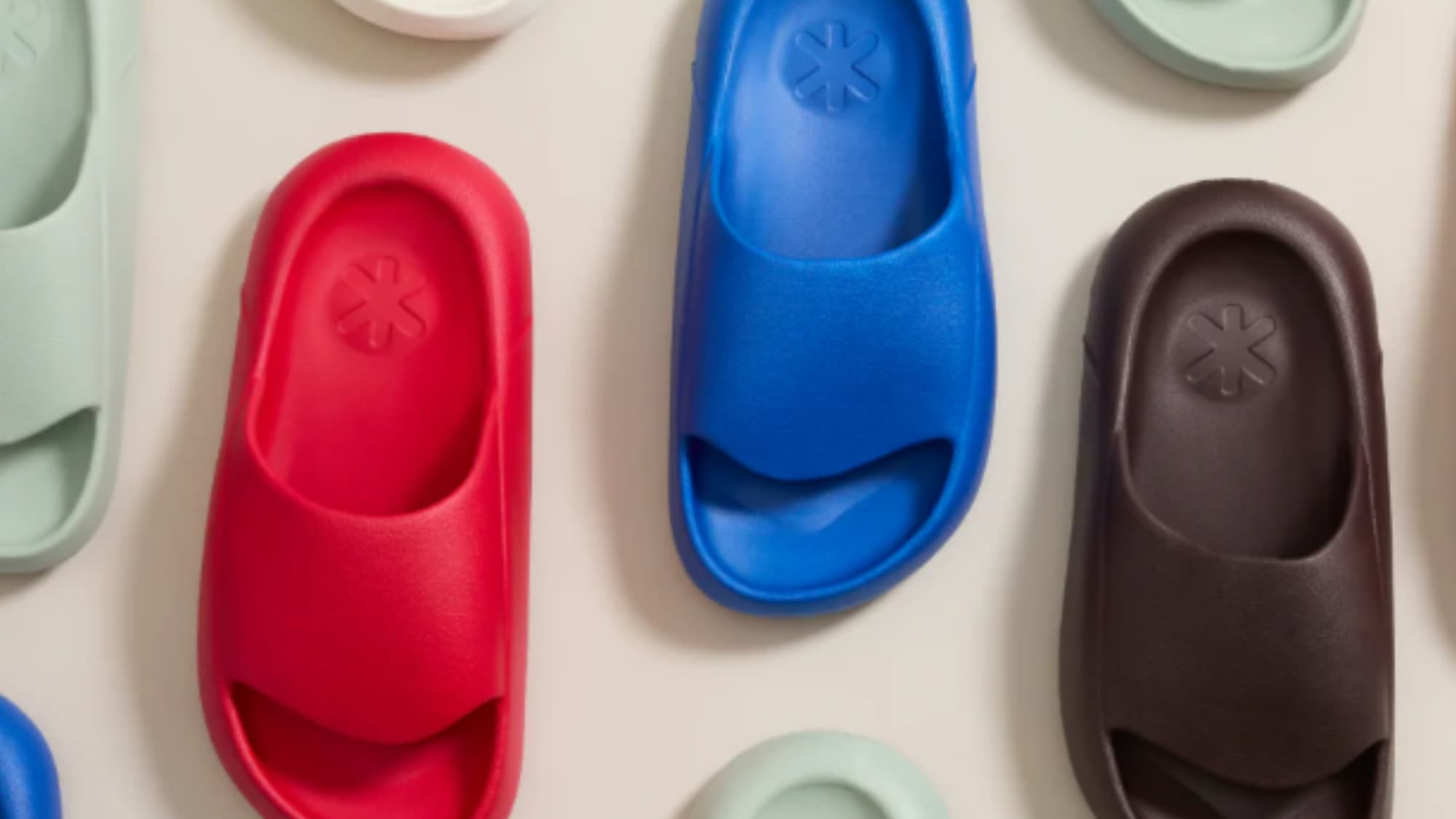Formal Shoe Lace Style: How to Tie Your Laces Elegantly

Lacing up formal shoes is a subtle detail that speaks volumes about your attention to style. Whether you're headed to a wedding, business meeting, or a night out, knowing the right formal shoe lace style can take your entire look to next level.
So what are the types of formal shoe lace styles? Let’s walk you through the best shoe styles for formal wear, explore different lace tying styles, and show you how to lace dress shoes with 3 to 6 eyelets.
Why Shoe Lacing Matters in Formalwear
Formal shoes are built with structure, precision and style in mind. But even the most expensive pair can look off if the lacing is sloppy. The way you lace your shoes affects both the aesthetics and the fit—too tight, and you’ll feel discomfort; too loose, and you lose support.
Lacing also influences how the shoe molds to your foot over time, which is particularly important for leather dress shoes. Mastering the right shoe lacing techniques helps preserve your shoes and gives you a cleaner silhouette.
Types of Shoelaces for Dress Shoes
|
Type of Shoelace |
Description |
|
Round Waxed Laces |
These are classic and elegant, suitable for oxfords or brogues. |
|
Flat Waxed Laces |
These offer a slightly more modern look and work well with contemporary dress shoes. |
|
Thin Leather Laces |
These are usually found in loafers or moccasin-inspired designs. |
|
Cotton Laces |
These are versatile and breathable, making them suitable for business casual shoes. |
Stick to black or brown, matching the colour of your shoes. Avoid thick athletic laces at all costs—they don’t belong on dress shoes.
The Best Shoe Lacing Styles for Formal Shoes
Let’s now look at the most effective and stylish lacing methods for men’s dress shoes.
1. Straight Bar Lacing (European Style)

Best for: Oxfords, Derbies, and any 4- to 6-eyelet shoes
Look: Clean, formal, and minimalist.
Straight Bar is the most commonly used style in formal settings. The straight lines across the shoe give it a refined appearance without the cross-lace clutter.
How to do it
Start by inserting the lace through the bottom eyelets from underneath, so the lace ends are inside the shoe.
Take one side and run it straight up through the next eyelet and across to the other side. Repeat the same action with the other end, alternating until the shoe is laced.
Pro Tip: Straight bar style works best with even eyelet numbers (like 4 or 6). It doesn’t sit well on 3- or 5-eyelet shoes unless modified.
2. Criss-Cross Lacing

Best for: Everyday wear, 3 or 5-eyelet shoes
Look: Simple and functional, with good support.
Criss-cross is the most common among all different shoelace styles. Though not as formal-looking as bar lacing, it provides a snug and comfortable fit.
How to do it
Start from the bottom eyelets and feed each lace through from the outside.
Cross the laces over and insert through the opposite eyelet from underneath. Repeat until you reach the top.
Criss-Cross is the go-to for many people because of how easy it is and how well it keeps the foot secure.
3. Diagonal Lacing (Over-Under Style)

Best for: 5- or 6-eyelet shoes
Look: A slightly more unique touch while still being dressy.
Diagonal lacing alternates between going over and under the eyelets, which reduces pressure on the top of the foot and gives a bit more flexibility.
How to do it
Insert lace ends through the bottom eyelets from underneath. On one side, go diagonally over to the next eyelet. On the other side, go diagonally under to its next eyelet. Continue alternating the over-under pattern to the top.
4. Boston Two-Step Lacing
Best for: 5 or 6-eyelet formal shoes
Look: Balanced tension with horizontal lines
Boston style involves skipping one eyelet per side. It creates a locked-in lacing system that’s easy to adjust and reduces slippage. It’s more practical than the default “shoe store lacing,” which could results in uneven pressure and difficulty in tightening.
While Boston lacing may appear slightly busy in open-laced shoes like Derbies, it gives even strain and stays put throughout the day.
How to Lace Dress Shoes by Eyelet Count
Every formal shoe doesn’t have the same number of eyelets. Lacing techniques need to be adjusted depending on whether you have 3, 4, 5, or 6 eyelets.
How to Lace Dress Shoes with 3 Eyelets
For dress shoes with 3 eyelets, the options are limited, but that doesn’t mean they need to look basic.
The criss-cross lacing style works best here because it makes the most of the short vertical space without appearing cluttered.
Bar lacing doesn’t suit 3-eyelet shoes well due to its uneven finish on an odd number of rows.
Criss-cross, on the other hand, keeps the shoe snug and visually balanced.
How to Lace Dress Shoes 4 Eyelets
4-eyelet dress shoes strike a good middle ground. Straight bar lacing becomes not only feasible but snug for 4-eyelets.
The even number of eyelets ensures the bars remain horizontal and aligned. It creates a clean, minimalist look that pairs well with Oxfords and other classic styles.
If comfort is more important, criss-cross lacing can be used instead. It can lend more flexibility while still maintaining a formal look.
Explore - how to style nova sneakers
How to Lace Dress Shoes 5 Eyelets
Go with Diagonal (Over-Under) or Criss-Cross. Bar lacing can be adapted but may look uneven—only use if you’re skilled at lace balancing.
How to Lace Dress Shoes 6 Eyelets
Shoes with 6 eyelets are the most versatile when it comes to lacing styles. You have enough space for multiple passes of the lace. It complements the sleek silhouette of formal shoes. 6 eyelets are seen in high-end footwear.
The symmetry achieved on six eyelets makes it visually appealing and evenly distributes tension across the top of the foot. If you're looking for a more relaxed or functional fit, criss-cross lacing still holds up well.
Tips for Lacing Formal Shoes Elegantly
Even if you choose the right style, the execution matters. Here are some quick dos and don'ts:
|
Dos |
Don'ts |
|
Ensure laces are equal in length before starting |
Use long, trailing laces on formal shoes |
|
Keep the lacing symmetrical—sloppy lacing draws attention |
Tie overly tight—this creases the leather and reduces comfort |
|
Replace worn-out or frayed laces with quality waxed or round cotton |
Mix casual lacing patterns like “ladder” or “loop back” with formal shoes |
|
Match your lace colour with your shoe—black for black, brown for brown |
The Right Way to Tie a Formal Shoe Knot
Most people unknowingly tie their shoe knots the wrong way—creating a bow that turns vertically and comes loose with wear.
The common mistake is to making a loop of the right lace, and pulling the left lace around it clockwise.
The better way is to make the loop, then wrap the other lace counter-clockwise. It creates a flat, horizontal bow that sits straight and holds firmly.
Use the simple tweak for a more balanced appearance. It also creates a stronger knot that doesn’t loosen during the day. Forget complicated knots like the Berluti if you're aiming for a timeless, minimal look.
Explore more on Shoe lace tie styles
Formal Shoe Lace Style for Special Occasions
You can slightly adapt your lacing depending on the occasion:
- Weddings & Ceremonies: Go with straight bar lacing, no question.
- Business Meetings: Stick to bar or criss-cross, depending on eyelet count.
- Office/Day-to-Day: Feel free to use criss-cross or diagonal for comfort if you’re on your feet all day.
Related - Sneakers on Formals outfit ideas
Final Thoughts
Knowing how to lace formal shoes the right way isn’t flashy—it’s foundational. Just like tailoring your suit or choosing the right watch, paying attention to your shoe lacing shows that you care about the details.
Whether you’re opting for the clean look of straight bar lacing or the snug fit of criss-cross, now you know the best lace tying styles for every type of dress shoe, from 3 to 6 eyelets.
Take five minutes to re-lace your favourite pair. You’ll feel the difference—and others will notice it too.
Suggested - Types of different sneakers and types of footwear
FAQs
What’s the most professional lacing style for formal shoes?
Straight bar lacing is the most professional style. It gives a clean, symmetrical look that complements formal footwear, especially with 4 or 6 eyelets. It’s widely used for business meetings, weddings, and ceremonial occasions.
Can I use criss-cross lacing on formal shoes?
Yes, criss-cross lacing works well for formal shoes, especially if they have 3 or 5 eyelets. It offers comfort, a secure fit, and is appropriate for daily office wear or events where you're on your feet for long hours.
How do I choose the right lacing style based on eyelet count?
Use bar lacing for even eyelets like 4 or 6. Criss-cross is ideal for odd-numbered eyelets like 3 or 5. Diagonal (over-under) works well for added flexibility on 5- or 6-eyelet shoes.
What type of shoelaces should I use for dress shoes?
Stick with round or flat waxed laces for formal shoes. They stay tied longer, match the sleek look of dress footwear, and resist fraying. Avoid athletic or thick casual laces entirely.
How tight should formal shoe laces be?
Laces should be snug enough to keep your foot secure without creating pressure points or creasing the leather. Leave a slight room for movement and ensure even tension across all eyelets for comfort and appearance.
What are the most popular laced shoe styles for formal wear?
The most popular laced shoe styles for formal wear include straight bar lacing for a clean, elegant look and criss-cross lacing for a secure, classic fit.
How to wear dress shoes with laces?
To wear dress shoes with laces properly, choose a suitable laced shoe style like straight bar or criss-cross lacing for a clean, elegant look. Pair them with tailored trousers, and ensure the laces are tied neatly to maintain a sharp, well-put-together appearance.
What is Boston two-step lacing and when should I use it?
Boston two-step lacing is a stylish and functional method of lacing dress shoes that offers a balanced, symmetrical appearance. It’s ideal for formal shoes with an even number of eyelets, providing a snug fit while maintaining a clean, elegant look suitable for business or formal events.
What is the proper way to tie shoelaces?
The proper way to tie shoelaces is to use a secure, symmetrical knot—like the standard "bunny ears" or the more formal "Ian knot"—ensuring the loops lie flat and the bow sits centered. This keeps your shoes snug and your appearance neat, especially important for dress or formal footwear.
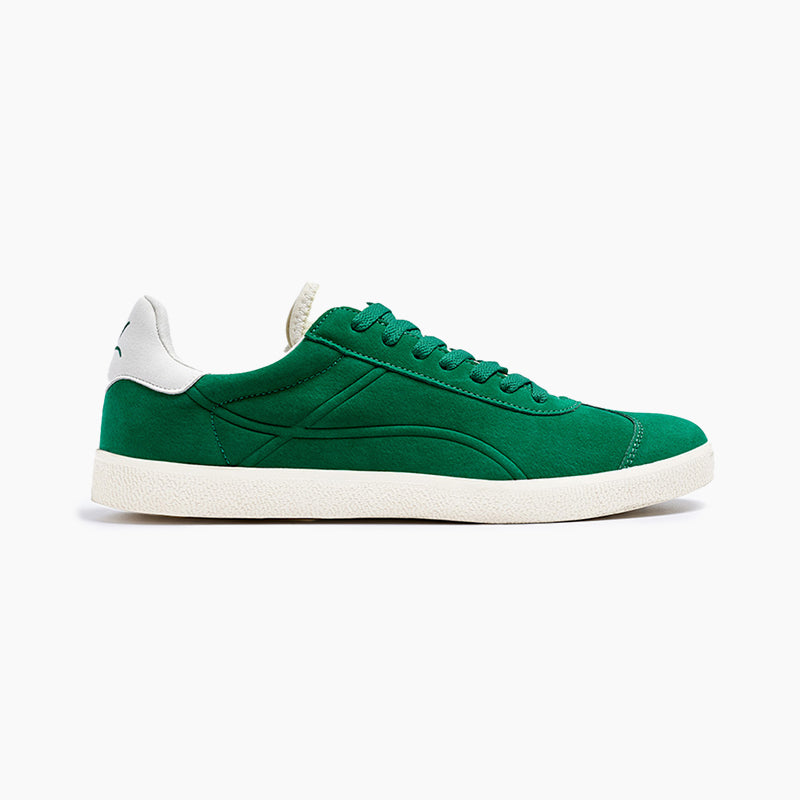


 The Sport Bag
The Sport Bag
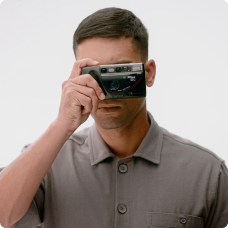 Circuit Shirt
Circuit Shirt
 Socks - Pack of 8
Socks - Pack of 8
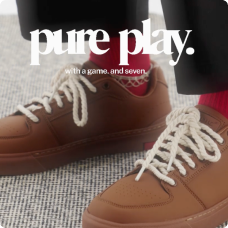 Nova Play
Nova Play





